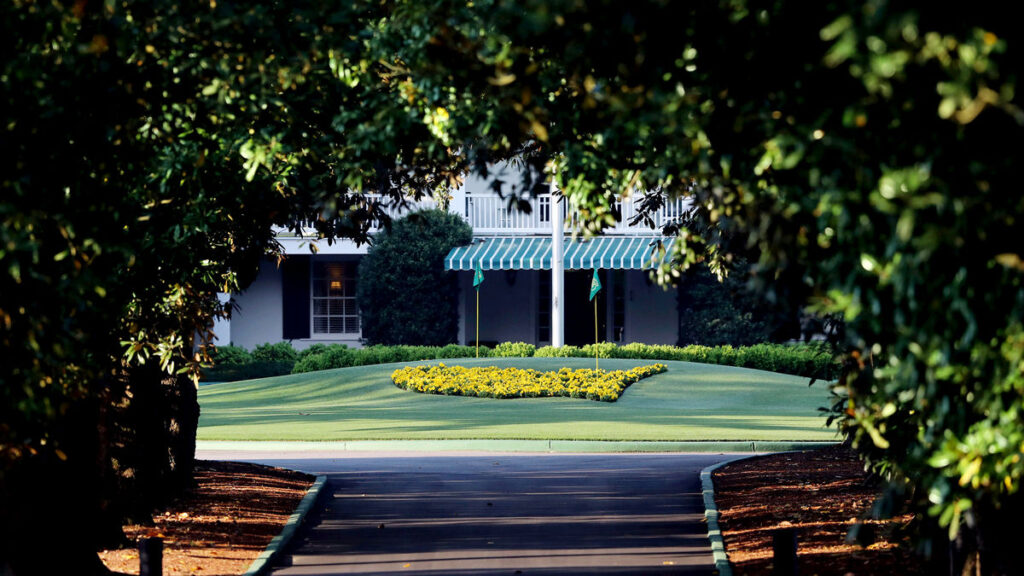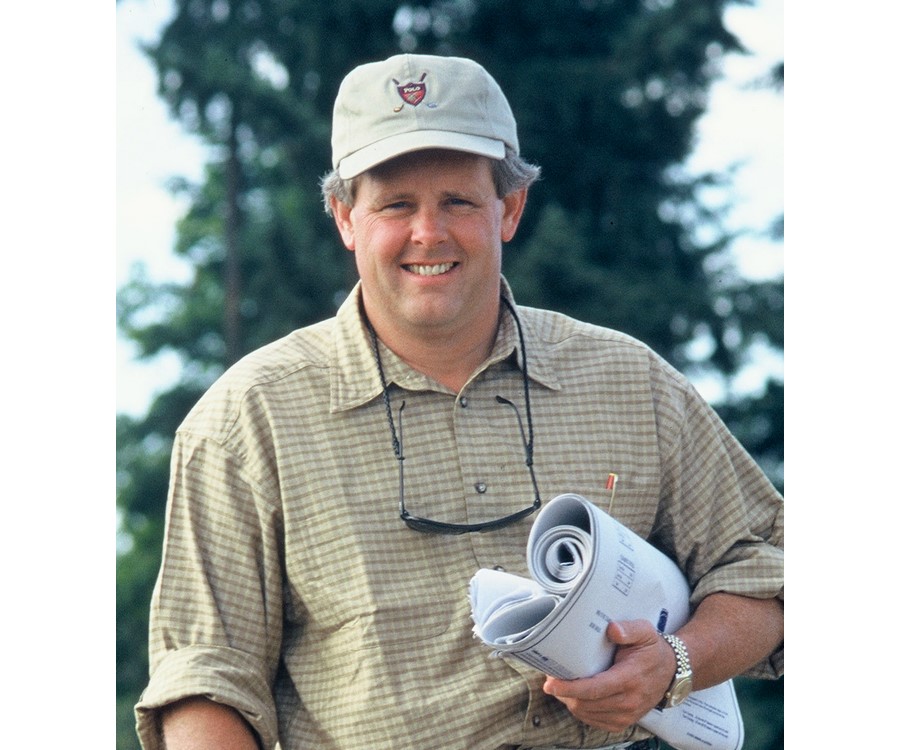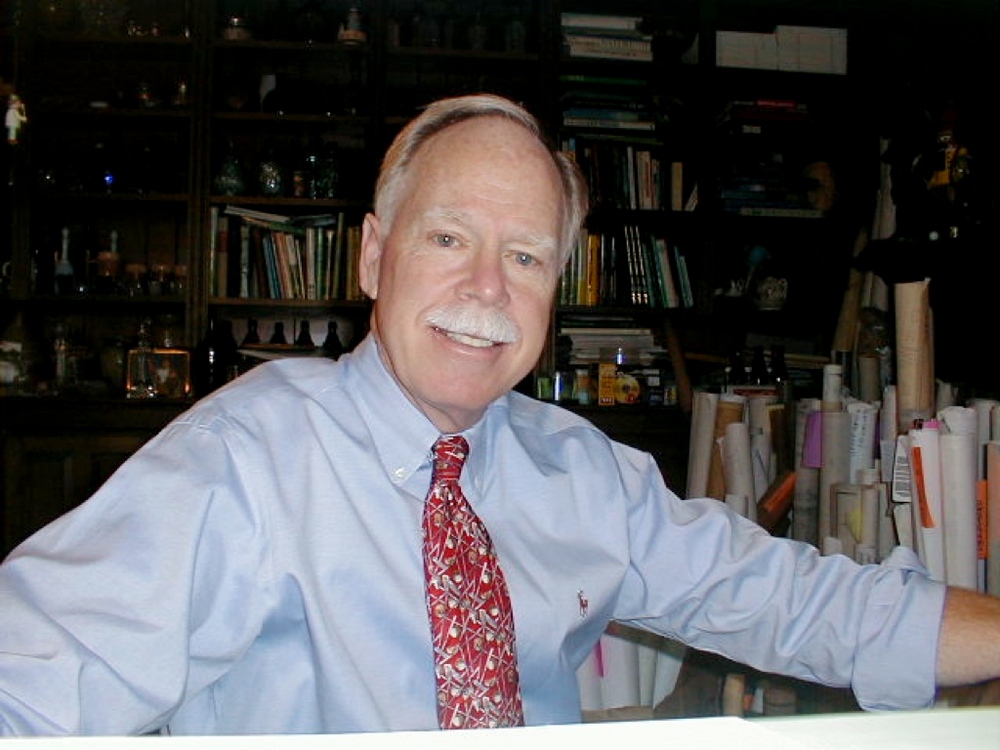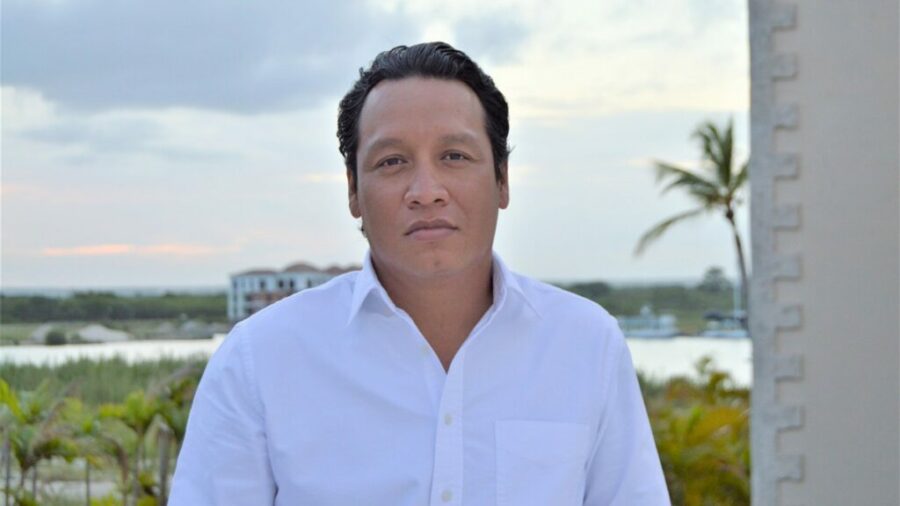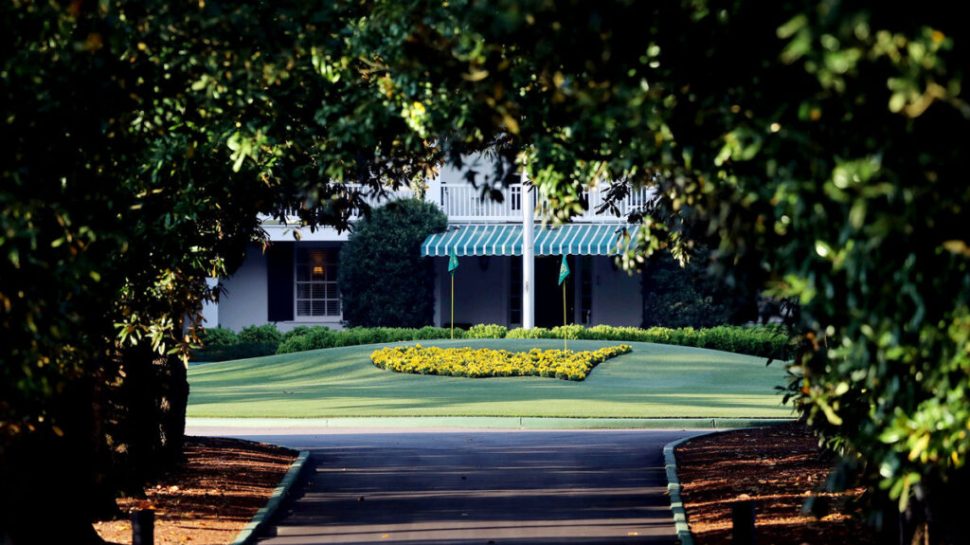
The 84th edition of The Masters has the unusual position of a November time slot because of the global pandemic. Many wondered whether the event would be played at all but the battle for the green jacket commences this Thursday with all the key contenders on board, most notably five-time winner and defending champion Tiger Woods.
Augusta National Golf Club will be ready but being in November clearly means a different feel — quite possibly a far different course than what is generally seen during the typical April calendar spot.
Among the factors will be two fewer hours of daylight. The general wind pattern could well be from the north making holes like the 1st and the two par-5s on the back nine at the 13th and 15th — play into headwinds. Fairways will be somewhat softer as the course recently went through a transition in turf grass preparation. Green speeds should not be impacted whatsoever.
The participants for this version of “Behind the Architectural Curtain” provide a wide array of comments on the multiple dimensions that will clearly be in full view at this week’s Masters.
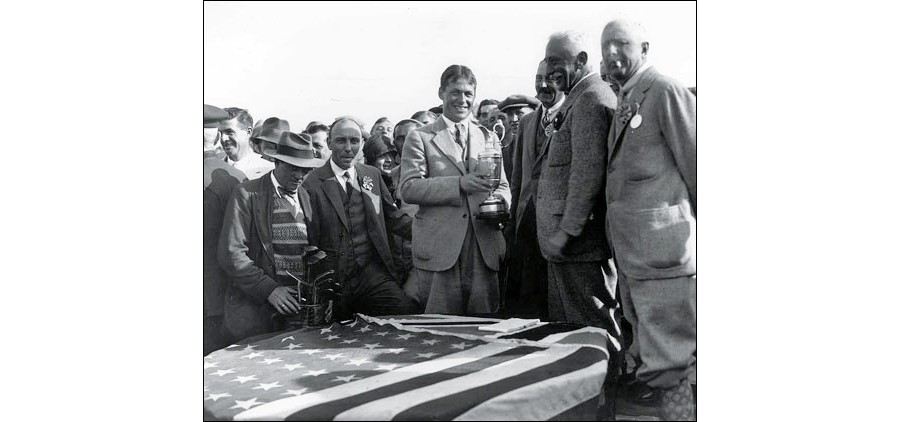
The original vision for Augusta National by Bob Jones and Alister Mackenzie was for an inland version espousing the strategic elements found at The Old Course at St. Andrews. Much has happened since the first Masters was played in 1934. How do you think both Jones and MacKenzie would view the totality of what’s been done and what may happen in the years ahead?
Nathan Crace: If you could climb into your way back machine and bring Mr. Jones and Dr. MacKenzie to modern day Augusta National and show them not only the advances in club and ball technology, but also in agronomy and how we maintain modern golf courses, they would wholeheartedly agree that architects, owners, and golfers alike must adapt to modern times and the modern game.
John Fought: I think generally they would be pleased with the golf course today though I believe MacKenzie would prefer the bunker motif he utilized so wonderfully. His work was very natural looking with irregular edged bunkers.
John LaFoy: Both would understand and approve of many of the changes, but probably not all of them, as you never completely know what the architect’s intent was on every hole. Sometimes it is very evident and other times more subtle. At some point I think both of them might think that enough is enough, but who could possibly determine when either of them would think that point was or will be in the future. Certainly not me.
Agustin Piza: Both MacKenzie and Jones were ahead of their time. Their intent was to bring the joy and fulfillment of the Old Course by replicating the strategic elements but, they also were experimenting with the elements of Augusta: the difference in climate, culture, soils, humidity, trees and of course the underestimated elevation changes. They knew their architecture would come alive and mature with time but I don’t think they would be surprised with its evolution.
Rogelio Abarca: With so many substantial alterations, I think it would be difficult for both of them to recognize the intention of the original design in the current version, even though the routing maintains the soul of the original design. Augusta has maintained its own essence through its evolution / transformation. I believe Augusta National will continue to evolve as part of its natural cycle.
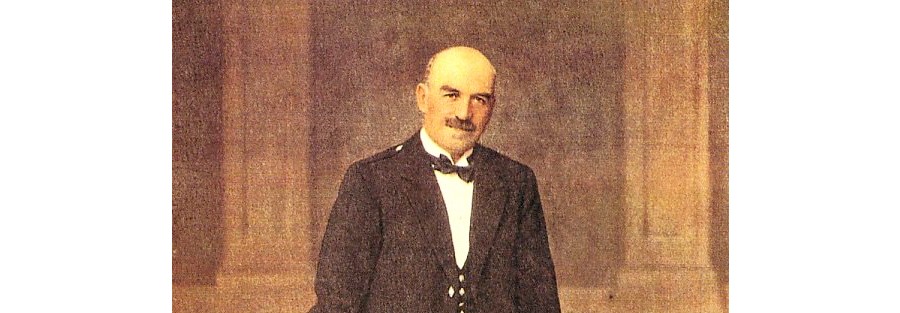
Augusta National has followed a process in continuing to lengthen holes at different times. There’s been mention that instead of adding length the club should simply adopt a “Masters Golf ball” mandated for usage by all players when competing in the Masters. Is such an option viable and if carried out what impact would that have — both for the event and the overall general debate?
John LaFoy: If anyone could do that, it would probably be the Augusta National for the Masters Tournament. Jack Nicklaus has often suggested reigning in the distance of the ball five or ten percent and I am beginning to agree. But that would be for all of golf, not just the Masters. There are way too many great old golf courses that do not have the option of buying a fairway from an adjacent club or a housing development to lengthen their courses. In the future it might be the only option.
Nathan Crace: Developing a golf ball to be used for only one event would seem cost prohibitive; but if any club could pull it off, it would be Augusta National. When Jack Nicklaus first suggested rolling back the ball for everyone years ago, many scoffed at him. I think time has proven that he had a valid point, but it’s too late to get that genie back in the bottle. I cannot imagine the game’s elite players wanting to adjust how they play for one week to fit a shorter flight ball and so I don’t think players would see a “Masters Ball” as a good thing.
Agustin Pizá: I believe it would be praised. Disruptive movements that go against the system are often the proper ones if they are done for the correct reasons. Long distance is what we know now but we all have the capacity to unlearn. Distance is completely relative. Let the players choose to grow out of human proportion to hit the ball further but preserve the golf masterpieces. As long as we keep the enjoyment and integrity of the game, distance should not be a factor.
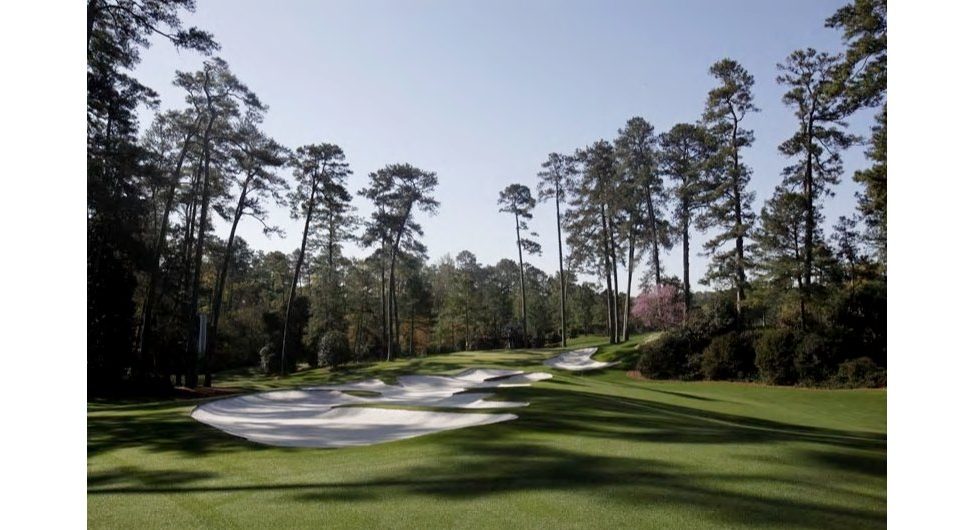
Rogelio Abarca: A “Masters golf ball” would be a viable option. If distance continues unabated there will be no design that manages to capture the game or space enough to contain it, lengthening the holes will not be viable for much longer. This will set a precedent in the sport in general, which will bring other positive issues in other areas, a smaller golf footprint, lower costs associated with construction and maintenance, more efficient golf facilities and a new era in architecture with more creative and innovative solutions.
John Fought: I think some of the lengthening has not followed the strategic values originally developed – for example at the 7th hole. While I do not think they will ever adopt a “Masters Golf Ball” I think they should. I think the ball is going much too far and has rendered many of our national treasures impotent.
This year’s event is being played in November — a departure from the usual April time slot because of the pandemic. How much of an impact do you see happening from an architectural side given the time of year for this year’s tournament?
Rogelio Abarca: This year, given the circumstances of the pandemic, we will have a Masters like no other. It will play and look like another golf course. I think the course will be in top condition, yet playing differently because of the seasonal temperature and the turf grass condition, perhaps firmer and drier, which can add a more interesting touch to the playing strategy. In terms of aesthetics, it will be impressive to appreciate the different shades and color in the fall. Greens will stay fast and honest, but fairways may play somewhat soft due to the demand for irrigation during and after the summer.
Fall vibes at Augusta. 🍂
— PGA TOUR (@PGATOUR) November 10, 2020
Different look, same beauty. ⛳ pic.twitter.com/FEk7vsRG1J
Agustin Pizá: Part of the character of Augusta’s architecture is the color contrast and flower beds you can only get in spring time, so it will look different and play different. It’s a historical moment and we should appreciate the changes. The shadows in the evening will be different because of the sun’s angle this time of year which creates a distinct ambience and feel. Playability wise, bent grass on the greens should perform excellent with the cooler weather at night. The course could play longer if the ground is soft and that will add some excitement to certain holes. Let’s not forget Augusta National has the best technology if they need to alter or amend any situation nature may present. I think we’re in for a treat.
John LaFoy: I think it is primarily weather related, and although we think we know what the weather will be generally, it is not unusual for the temperatures to be pretty mild that time of year. The golf course is primarily a warm season grass — Bermuda — with cool season putting surfaces — Bentgrass. However, even during the spring, the Bermuda is overseeded with ryegrass, a cool season grass. From that standpoint, it will still be played on overseeded Bermuda and putting surfaces that should be at their optimum. I can’t see how that would affect the architectural side enough to create an impact. The flora may offer some different views and contrast, but I doubt that there will be a big difference to the players.
Nathan Crace: The average temperature in Augusta in November is about ten degrees cooler than in April and it should be a little drier in the fall versus the spring. That said, I have no doubt the course will be dialed-in and in perfect tournament condition. Personally, I look forward to seeing some fall color in the deciduous trees around the course, but it’s going to be different not having flowering azaleas and dogwoods. Then again, it wouldn’t surprise me if AGNC has figured out a way to get them to bloom again this fall!
John Fought: No one has seen this event played in the fall. I think the greens will be every bit as fast and could be slightly faster. Typically, golf courses play their best in the fall when they are very mature and in their best condition. I think they will set the course up to be fast unless there is rain.
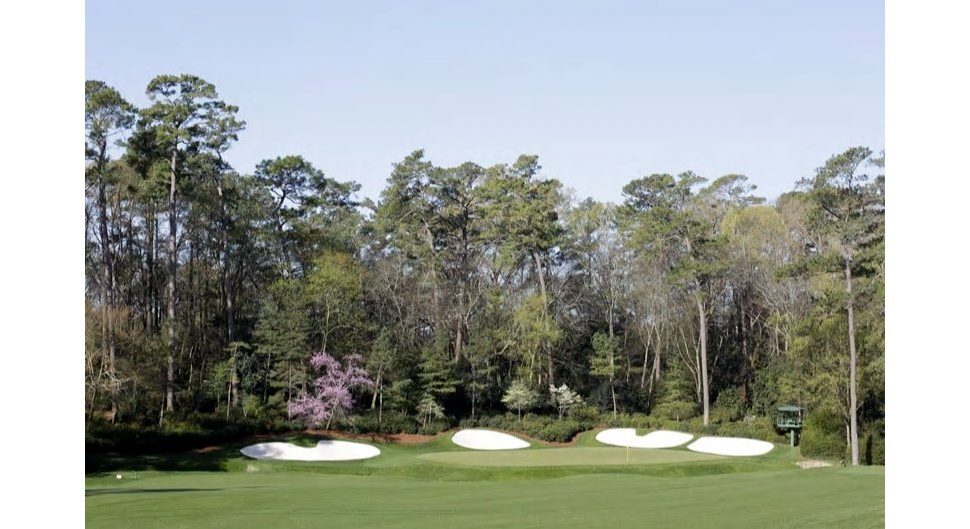
Recently, Augusta National purchased land behind the 13th tee previously owned by Augusta Country Club. There’s been ongoing speculation the famed hole will be lengthened in order to bolster the risk/reward vision. Is an extension the best option why or why not?
John LaFoy: With equipment advances, it certainly would not be long enough in today’s climate, so there is certainly some merit in moving the tee back. Placing the tee further back may just mean the difference between the players hitting a driver rather than a three wood, but the hole would play the same from the second shot in unless players could carry the ball over the trees on the dogleg.
In the mid-70’s we also rebuilt the green and restored the contours in the green. A couple of years later the swale between the putting surface and rear bunkers was significantly deepened to about waist deep. I thought Nicklaus had done it, but in a conversation with him several years ago, he said he did not do it, but someone sure did. I thought it was brilliant and penalized a shot that was a little too bold or players that bailed out long. A better option for this hole may be more something subtle like that rather than continuing to stretch the hole out.
All is quiet, and the anticipation is deafening. #themasters pic.twitter.com/OrrsIH6Fib
— The Masters (@TheMasters) November 11, 2020
Nathan Crace: I can’t imagine making significant changes to the character of that hole from the dogleg through the green. It’s iconic. Think of all the shots on the 13th over the years that make-or-break a round–and sometimes a shot at a green jacket. Given that the changes in the game are primarily a factor of increased distance, moving the tee back to restore the approach shot into the green would seem the most obvious solution.
Rogelio Abarca: Changing the position of the tee by extending the hole would lose its spirit and would cease to be fun. Since players who cannot make the ball turn and take on that corner — likely the majority – will make it in three shots making the hole somewhat boring. Currently, it is a great risk-reward situation.
John Fought: In a word — yes. The current hole plays too short to have the same risk/reward qualities it even 20 years ago. This hole is best when you have to hit a longer club on your second shot, not an 8-iron as some do now.
Agustin Pizá: No, let it be. These iconic holes are our last breath of hope to argue bifurcation or regulated balls. In addition, let’s consider it’s still a risk and reward second shot if you think of it as a par-4. If you lengthen it, we would always see a wedge to the green for a birdie try.
The Participants
John Fought
A Scottsdale Arizona based golf course architect. He has been involved with more than 75 design projects over his 32-year career in design.
John LaFoy
Graduated from Clemson University in 1968 with a BA Degree in Architecture. After three years of active duty as a Marine Corps officer began golf architecture career in 1973 with George W. Cobb in Greenville, SC. One of his first assignments was working with Mr. Cobb at the Augusta National Golf Club on renovations to the golf course, continuing for a year after the death of Clifford Roberts. He is a ASGCA Fellow.
Rogelio Abarca
Senior Design Associate with Greg Norman Golf Course Design. Currently working on new projects in Mexico and the Caribbean and has been actively involved in more than 15 large-scale international projects. Has 15 years of experience in all stages of project development of world-class golf, from concept to construction. Is a member of the European Institute of Golf Course Architects.
Agustin Pizá
Award winning architect Agustin Pizá earned a Bachelor of Architecture degree from ITESM and a Master’s Degree in Golf Course Architecture from Edinburgh University in Scotland. He is a proud member of both the European Institute and the American Society of Golf Course Architects. For 22 years, Pizá has worked with legends of the game and world class golf developments. His designs are known for delivering quality, aesthetic and strategic golf courses which attributed to his feature in Golf Inc.’s Power 2020 issue as an upcoming and coming superstar in the golf industry.
Nathan Crace
A graduate of Mississippi State University’s PGA Golf Management program and a former club professional, Nathan has been a golf course architect for more than 25 years. He is a member of the American Society of Golf Course Architects and was named to the Board of Governors this year. Born in Louisville, Kentucky and raised in Indiana, Crace now lives in south Mississippi with his wife and three children. He is a principal with Watermark Golf / Nathan Crace Design.
